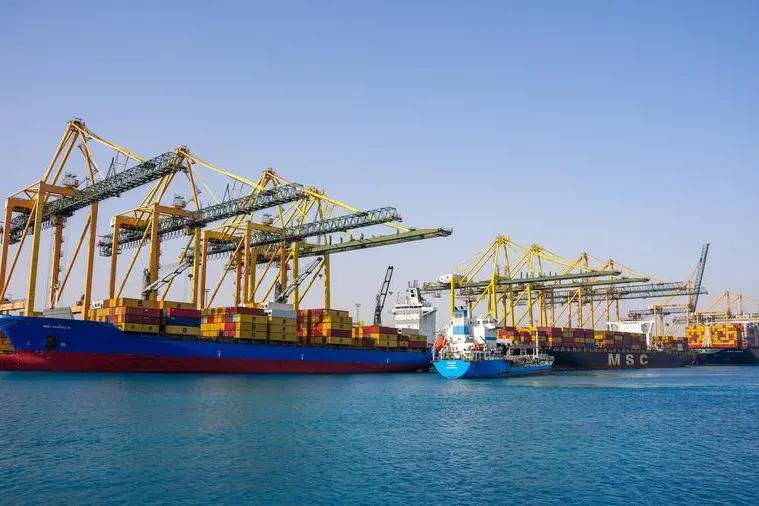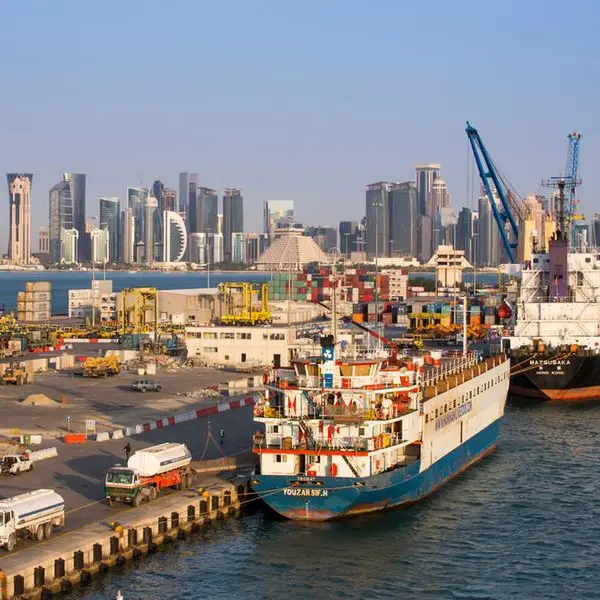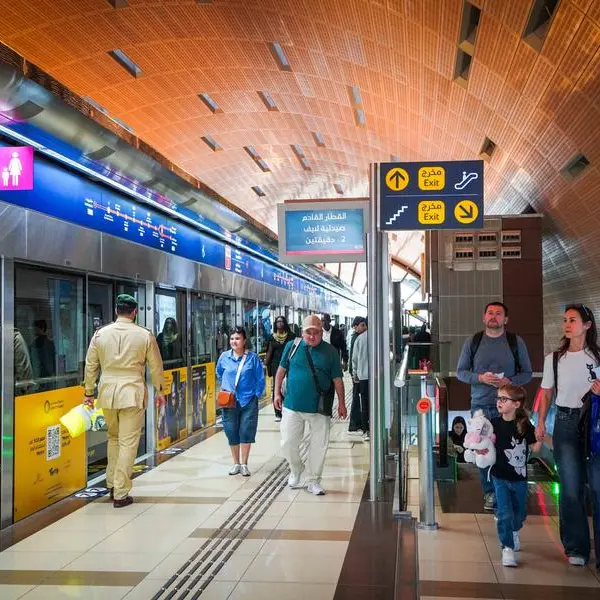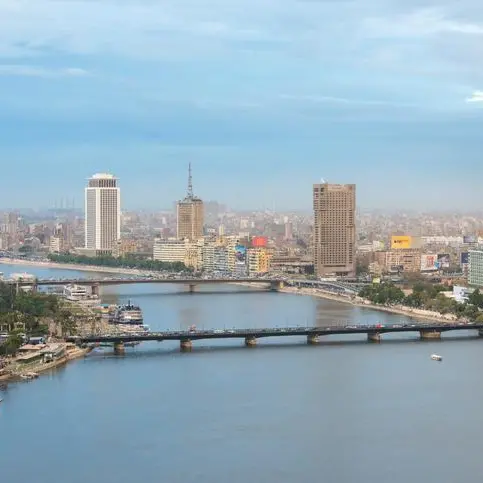PHOTO
Riyadh: The Kingdom of Saudi Arabia, represented by the Saudi Ports Authority (Mawani), recorded 248 points according to the new methodology in the Liner Shipping Connectivity Index (LSCI), within the report of the United Nations Conference on Trade and Development (UNCTAD) issued during the first quarter of 2024.
This achievement confirms the continuity of goods flow, ensuring supply chains and logistic services, according to a press release from Mawani.
This step aligns with Mawani's keenness to maintain the achievements made, as 31 new maritime shipping services have been launched with major global shipping lines during 2023. Since the beginning of 2024, 7 new shipping line services have been launched, and nine integrated logistics parks and hubs at Jeddah Islamic Port, King Abdul Aziz Port in Dammam, and King Fahd Industrial Port in Yanbu have been established and inaugurated, in cooperation with leading national and international companies, with investments exceeding SAR6 billion.
According to the release, Mawani is developing the infrastructure of its ports by laying the cornerstone for the development and operation projects of the two container terminals at King Abdul Aziz Port in Dammam, with an investment value of SAR7 billion, according to the (BOT) system. In addition to developing the Jeddah Islamic Port's North Container Terminal, with investments of SAR1 billion riyals, to enhance the operational capabilities of the port, in line with the targets of the National Transport and Logistics Strategy (NTLS), to solidify the Kingdom's standing as a global logistics hub bridging the three continents.
Additionally, it enhances the efficiency of operational services, launches initiatives to automate port operations, uses modern operational equipment, and facilitates import and export procedures to encourage national exports, support global maritime trade, reduce operational costs at ports, and attract regional and international shipping lines and giant ships.
In 2024, UNCTAD made amendments to the LSCI index to better reflect the current characteristics of container ports. This adjustment is applied to the approved previous calculation methodology to keep pace with the changes in the maritime transport and global shipping industry and the growth of the logistics services sector.





















